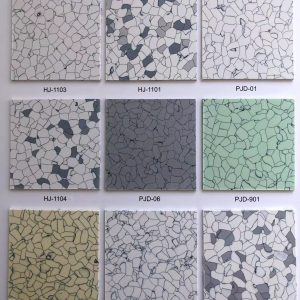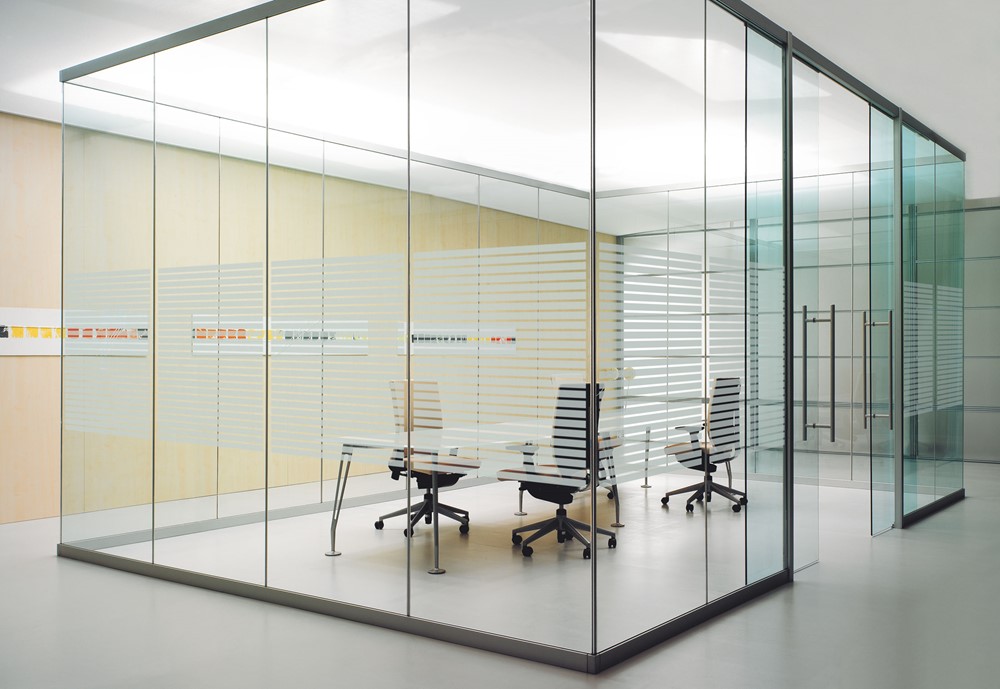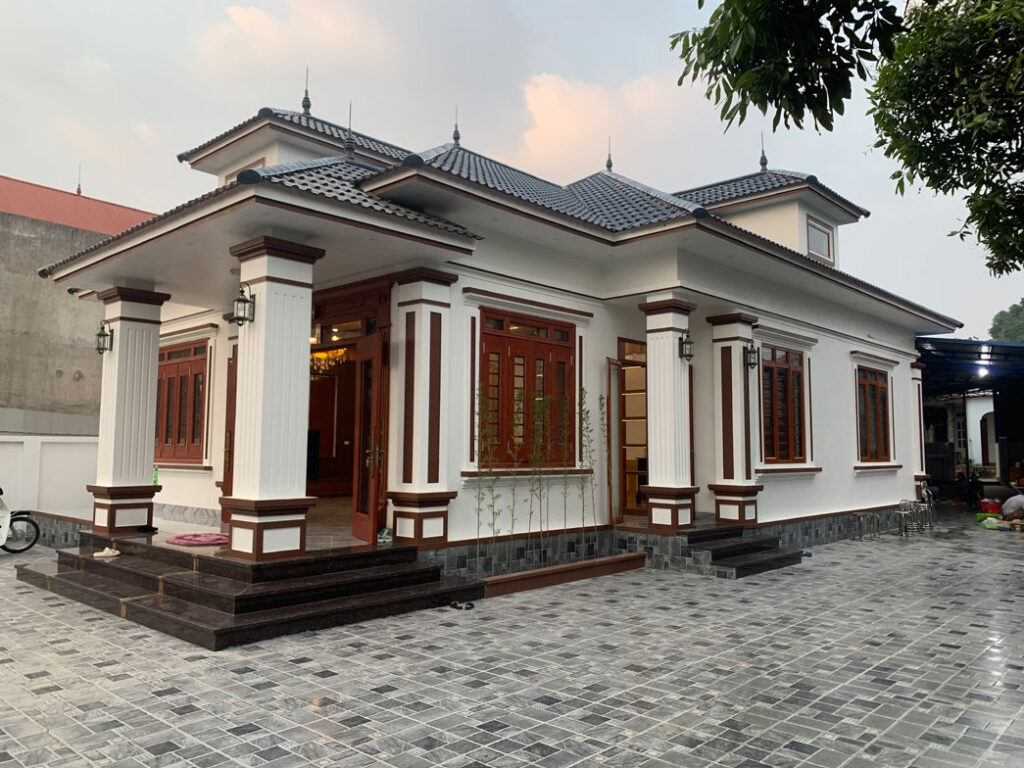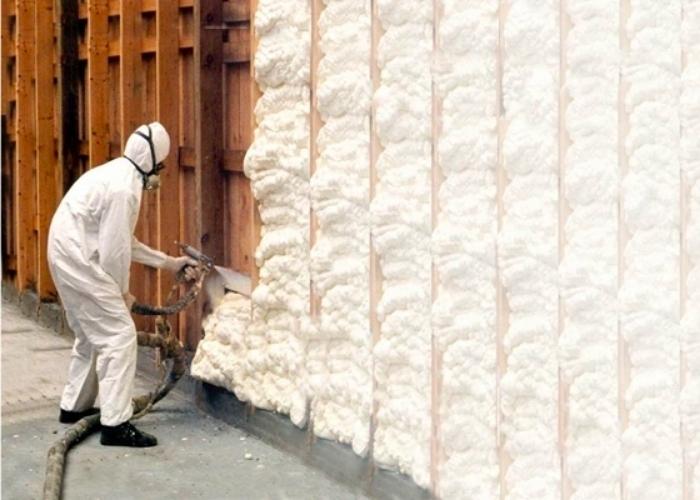Anti-static vinyl flooring

What is antistatic vinyl flooring?
At this point, many people will wonder, how is vinyl flooring or anti-static vinyl flooring different from PVC flooring?

In fact, anti-static vinyl floors are a form of anti-static PVC floors because they are also made from PVC with a similar structure and many more outstanding features such as:
- High elasticity, softness, and flexibility.
- The floor has good durability, scratch resistance, anti-slip, chemical resistance, antibacterial and mold resistance.
- The floor does not crack, does not break, does not break, has high bearing capacity.
- The floor has the ability to reduce noise and sounds.
- The floor is not concave, has few or no seams, and is almost absolutely flat.
- The floor is easy to construct, preserve and maintain.
- Vinyl flooring is light in weight, easy to construct and transport.
- There are 2 types of flooring: One is anti-static vinyl flooring and the other is non-anti-static flooring.
Among them, anti-static vinyl flooring is more popular because of its electrical and sound insulation properties that help limit fires and explosions due to short circuits or other risks related to the use of electricity. From there, it brings a feeling of peace of mind and absolute safety to users.
Thus, it can be said that anti-static vinyl flooring is a type of PVC floor or high-quality vinyl floor with outstanding features including the characteristics found in the above two types of floors. Accordingly, they can be fully named as anti-static PVC vinyl floors.

Application of anti-static PVC vinyl flooring
Anti-static PVC vinyl flooring thanks to the above characteristics is popular and applied to many different spaces such as:
High-end houses and apartments create luxurious, classy and modern beauty
Used for workspaces in the electronics industry, semiconductor industry, telecommunications technology, medical environment…
These are industries that use a lot of electricity, so using anti-static vinyl flooring is considered a great solution.
High-class clean rooms, smart buildings, office computer systems
Computer rooms, laboratories, switchboards/mobile phones, central control facilities, noise control centers, filtering require high environmental friendlines

Construction of anti-static vinyl flooring
The installation process of anti-static vinyl flooring for our living or working space is carried out through the following 4 basic steps:
Step 1: Clean the floor and clear the space
This is the first important step to ensure the floor before work is clean and free of obstructions such as nails, screws, etc. Accordingly, the concrete floor surface must be dry, airy, flat, without gaps or cracks…
Step 2: Spread floor glue
Stir the glue well and then apply it to the floor. At the same time, create endpoints, reference points and reference lines on the floor.
To ensure the adhesion of the glue, after sweeping, you should wait about 20 to 30 minutes before applying the floor.
Step 3: Paste the floor
Install the anti-static vinyl floor on the adhesive layer according to the endpoints, reference points and reference lines.
Weld the joints with PVC welding wire, then cut the welds with a specialized blade.
Step 4: Completion and handover
This is the final step in the antistatic vinyl floor construction process. At this step, note:
Clean the floor after installing anti-static vinyl flooring, making sure not to leave any stains or residue.
Within the first 1-2 days after construction, isolate the floor and do not expose it to direct sunlight.





